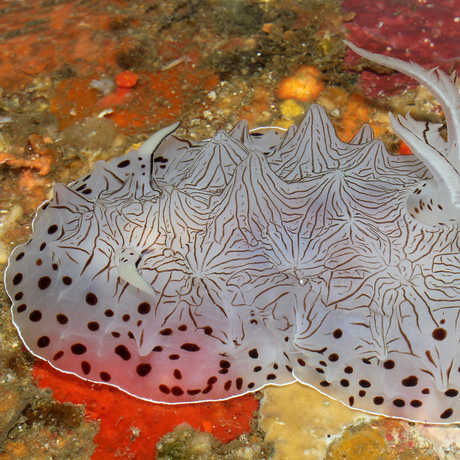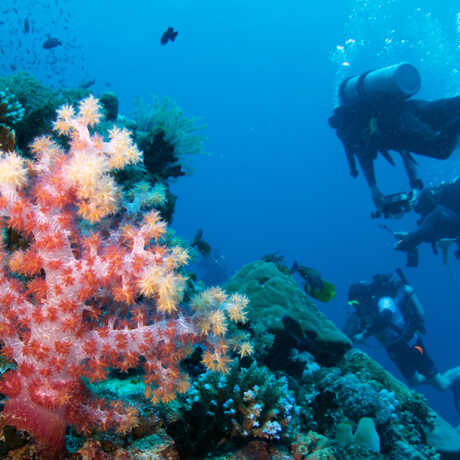Scientific Expeditions
2018 Zanzibar Expedition
The Academy closed out 2018 with some impressive firsts: The Zanzibar coral reef expedition is not only the Hope for Reef team's first foray into the Indian Ocean, it is very likely the first time the mesophotic zone (100-500 feet) has ever been scientifically explored in Zanzibar!
Our shallow-water team explored the island's shallow reefs (0-100 feet) in October, racking up over 100 species observations, while our deep-water team descended to the mesophotic depths in December.
We'll keep you posted on big eureka! moments here and on our Instagram and Twitter feeds, but to keep an even keener eye on our scientists in the field, follow #casfieldnotes and #hopeforreefs and monitor the Zanzibar iNaturalist project in real time below.
Zanzi-where? See it on a map.
Shallow Reefs, Abundant Hope
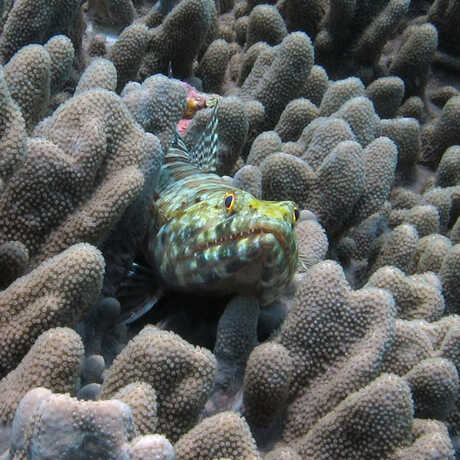
The shallow water team found plenty of reasons for ocean optimism during their survey of coastal Zanzibar's shallow (0-100 feet deep) reefs. Dr. Gary Williams, a curator of the Academy’s Invertebrate Zoology and Geology (IZG) department, observed overall good health of the coral reefs, with “little evidence of bleaching, disease, or obvious signs of physical damage.” Species needing clean water to thrive were recorded in both outer reefs and nearshore sand and seagrass areas by Senior Curator of IZG Dr. Terry Gosliner, further indicating a “diverse and healthy ecosystem.”
While Zanzibar’s reefs looked to be in good shape, it’s certainly not a totally clean bill of health. IZG curator Dr. Rich Mooi noted a lack of top predators and herbivarous fish inhabiting the reefs, a clue that some important links are missing from the local food chain. Land-based pollution and overfishing also pose perennial threats to the island’s marine ecosystem. Observations from the mesophotic team later this month will help paint a more detailed picture of the state of Zanzibar’s shallow and deep reefs, and offer insights to inform a more substantial ecological assessment in the future.
An Invertebrate Oasis
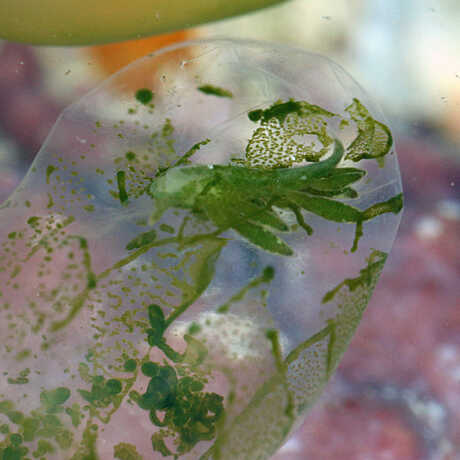
For our shallow-water team, spinelessness is next to godliness. A dazzling array of octocorals, echinoids, and nudibranchs were observed, and a variety of soft corals and sea fans will be curated into the Academy's invertebrate zoology collections. These specimens, collected sustainably, will help create a record that could help inform future conservation decisions.
Terry Gosliner can add at least two more nudibranch species (Elysia sp. and Miamira sp.) to his impressive tally this year. These beautiful sea slugs are also sustainability bellwethers, indicating healthy reef conditions and clean water.
The team was also treated to a sighting of Ercolania kencolesi (pictured), one of the more bizarre members of the sea slug family, which makes its home (and its meals) inside the cells of Boergesenia forbesii, a species of alga.
Spawning Success
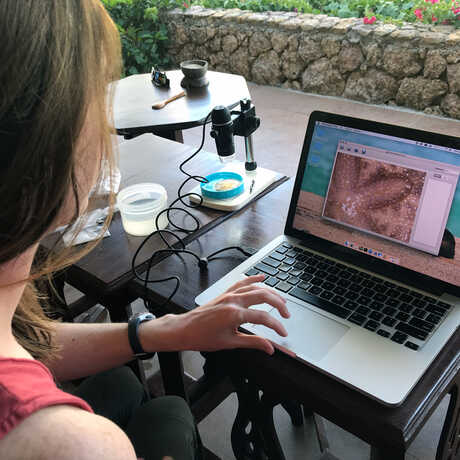
You can call her the echinoid whisperer. Postdoctoral researcher Dr. Frances Armstrong was able to spawn and measure eggs from a sea biscuit, sand dollar, and urchin while in the field—no mean feat, considering the life cycles of these echinoid species can usually only be studied in a lab setting.
“Understanding a species' life cycle is important for understanding its natural history as well as for conservation purposes, since we have extremely limited data on reproduction and life cycles in the majority of marine invertebrates,” says Frances. With this fresh new data on echinoid reproduction, we are reminded of how much is left to learn about these critically important coral reef ecosystems.
The mission of the Academy's Institute for Biodiversity Science and Sustainability (IBSS) is to gather new knowledge about life's diversity and the process of evolution—and to rapidly apply that understanding to our efforts to regenerate life on Earth.
